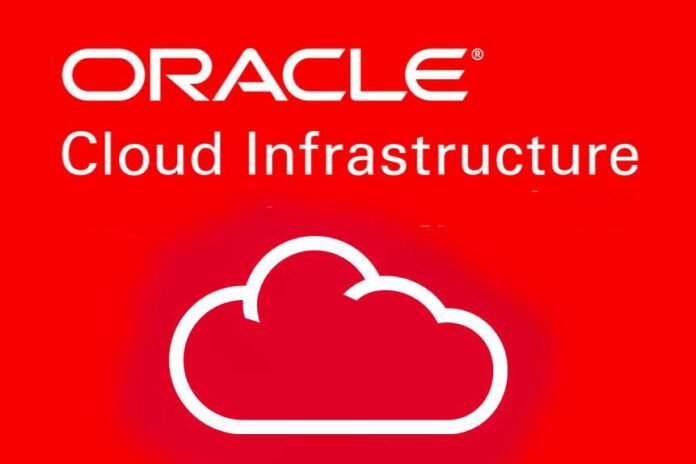Oracle recently wrapped up its OpenWorld conference in San Francisco, where it announced several updates to its Oracle Cloud Infrastructure (OCI). But Oracle was not done there with new features to lure enterprises to its cloud.
This week at the SC18 supercomputing conference in Dallas, Oracle is introducing new high-performance computing (HPC) instances for OCI.
The new Clustered Network instances consist of bare metal servers running an RDMA (remote direct memory access) network on top of OCI, said Karan Batta, senior principal product manager of Oracle Cloud Infrastructure, in an interview.
RDMA is faster and more secure, Batta said, because it forms a direct link between nodes on a network without going through the operating system, leading to improved performance.
The initial clustered network instances are for edge use cases and consist of 36 cores of Intel Xeon Gold 6154 processors running at 3.7GHz. They come with 6.4TB local NVMe flash storage and 384GB memory, connected by 100G-bps RDMA networking.
The price is for 7.5 cents per core per hour. Oracle has plans to add more instance configurations, including GPU nodes for training AI models over the coming months.
“We have been chipping away at the HPC market for the three years and now believe that we are ready to really tackle it,” said Batta. “This is a private secure network that you can control and be able scale up and scale down based on your needs.”
Creating Cloud Use Cases
These first Clustered Network instances are geared toward Oracle customers running intensive applications for product development—auto makers, for instance—such as crash test or wind tunnel simulations.
Batta explained that users will move over to these cloud instances for the performance benefits and the freedom from having to update their own expensive on-premises HPC servers.
Other clouds offer the ability to run HPC workloads, but Batta said that RDMA is a real differentiator and that the new instances are part of the core fabric of OCI—an infrastructure platform that was built for performance, a point of emphasis made by Oracle officials at OpenWorld.
“The first public cloud was built for Angry Birds,” Oracle Cloud Chief Don Johnson told reporters at OpenWorld, referring to AWS. Johnson is a veteran of Amazon Web Services who was brought over to build out Oracle’s “Gen 2” cloud, which launched in 2016. The Oracle Cloud, he said, was built for the enterprise, “with the most predictable performance and aggressive pricing.”
Despite the progress, Oracle is losing ground to Amazon and Microsoft in the cloud market, based on the most recent earnings reports. Those companies reported 46 percent and 76 percent growth in their cloud businesses, respectively. Oracle, which no longer breaks out its infrastructure, platform and SaaS numbers, reported 4 percent growth in its rolled up “cloud services and license support” revenue number.
Creating new types of workloads for enterprises is a good way to draw more new and legacy customers over to Oracle’s cloud. But there are other hurdles. The company must contend with a user base that is still taking a slow and steady approach to the cloud, often moving one application at a time.
In addition, extensions and custom apps in legacy Oracle database applications can be difficult to adapt for the cloud and can slow migrations—something that Oracle CEO Mark Hurd addressed with eWEEK Editor in Chief Chris Preimesberger at OpenWorld:
“We can ask the customer: Are those [extensions] important? Are those relevant—still relevant today as they were 20 years ago?” Hurd said. “We can actually ‘extend’ these applications—a key word, as opposed to ‘customizing’ these new applications. If there is something you just have to have, without affecting the core codebase, we can write the additional piece of code, connect it via API [application programming interface], and, if you will, ‘replicate’ the customization. But not replicate it by changing the code, but by extending the code. That’s very different.”
With Amazon’s cloud show, AWS Re:Invent, coming at the end of the month, it will be interesting to see how it counters these latest Oracle moves.
Scot Petersen is a technology analyst at Ziff Brothers Investments, a private investment firm. He has an extensive background in the technology field. Prior to joining Ziff Brothers, Scot was the editorial director, Business Applications & Architecture, at TechTarget. Before that, he was the director, Editorial Operations, at Ziff Davis Enterprise. While at Ziff Davis Media, he was a writer and editor at eWEEK. No investment advice is offered in his blog. All duties are disclaimed. Scot works for a private investment firm, which may at any time invest in companies whose products are discussed in this blog, and no disclosure of securities transactions will be made.
